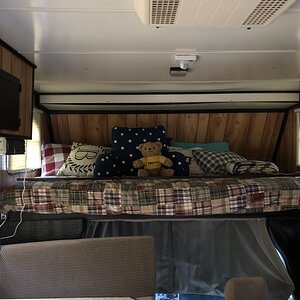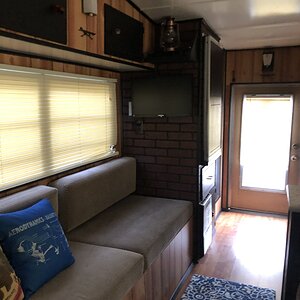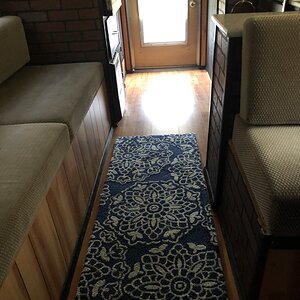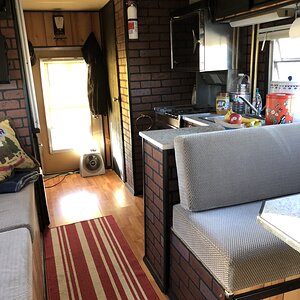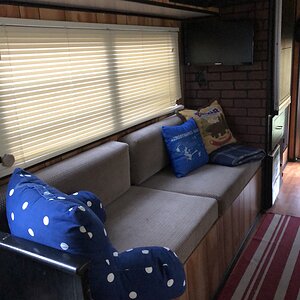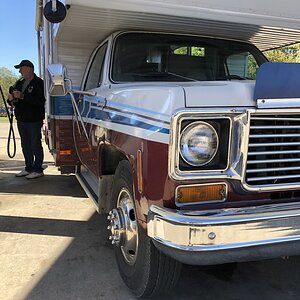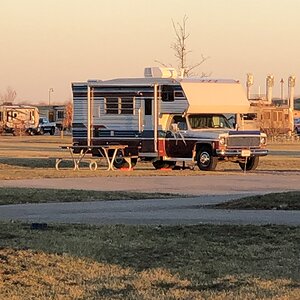Adamatthebeach
RVF Regular
- Joined
- Oct 7, 2023
- Messages
- 9
I’m in the process of shopping for diesel pusher for our up-and-coming retirement. We do like to do a fair amount of Boondocking and I’m having concerns that the power that a residential refrigerator uses will make that near impossible. Does anyone have any insight of how much battery power they use or what it takes to keep your system going as far as solar panels to maintain life with a residential refrigerator while off grid. Adam



